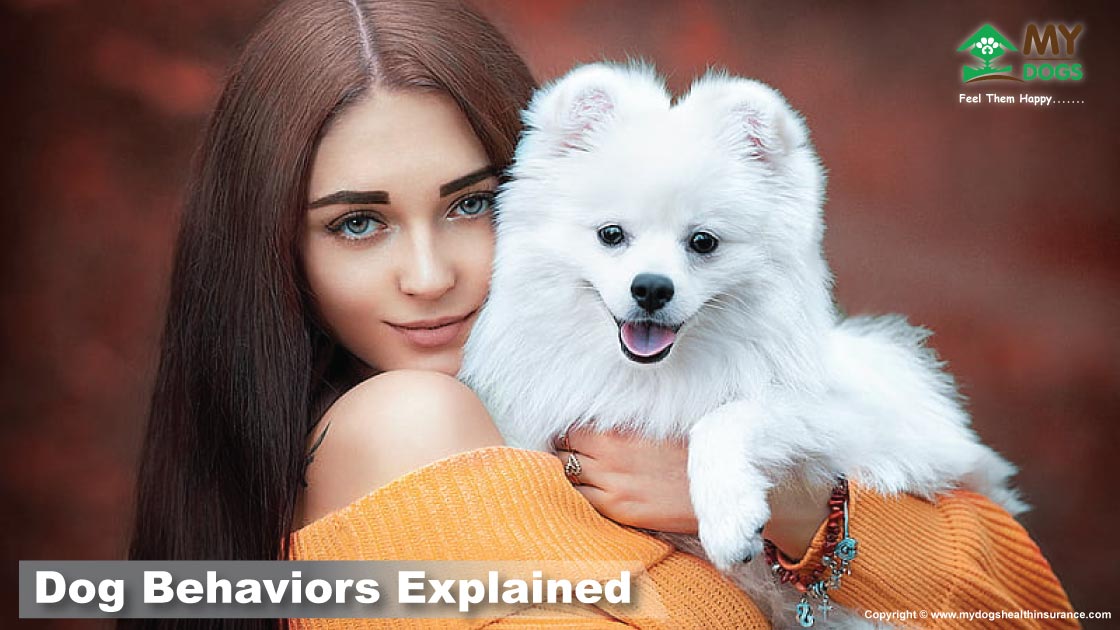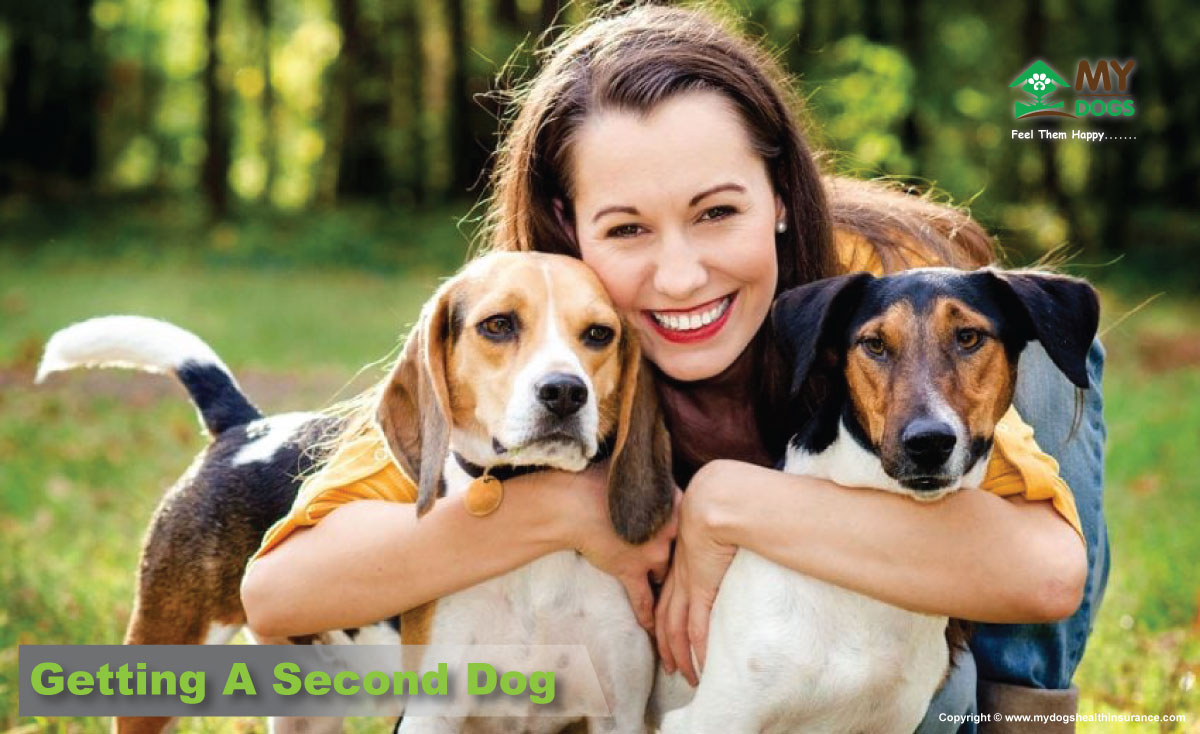Dogs are beloved members of humans around the world. Indeed dogs love their owner unconditionally and they are more loyal than humans. Unfortunately, sometimes a dog can become lost and.found pets are becoming a big problem. It’s causing immense distress for both the dog and his owner. If you find someone lost dog, you must take steps, to help reunite him with the owner.
The first and foremost step is to approach a lost dog with caution. Even a friendly dog could become scared and defensive when he lost and became very confused. The best method to approach the dog is to come to you. You rather chase after him. Speak up to calm down him and reassuring voice, and offer food or water to the dog if you have it. If the dog seems skittish or aggressive, it’s better to back off and call animal control or the local shelter for further assistance.
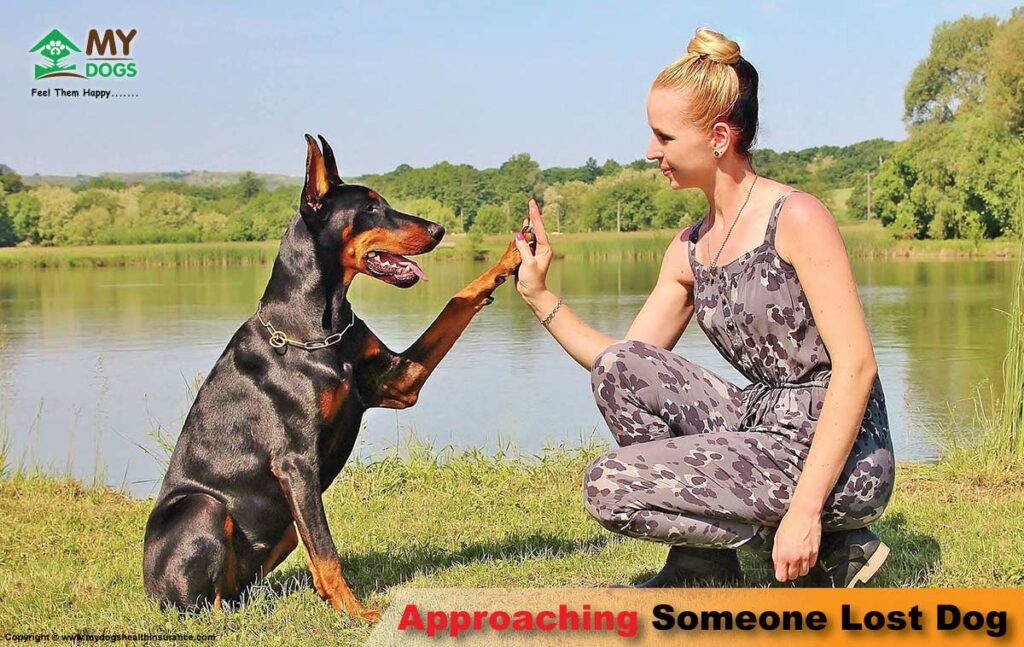
Approaching Someone Lost Dog:
It’s important when lost and.found pets, the lost dog is often scared and disoriented and may act differently than he would normally. The dog feels hesitation to approach strangers. He might be exhibit other unusual behavior. If you’re successful to approach the dog. Safe and secure him
until you search for his owner, that’s ideal. However, if you’re unable to do so, it’s the best way to turn over the dog to nearby care animal control or a local shelter house. They have the resources and expertise to help reunite lost dogs to their owners.

How To Find the Owner Of Lost Dog:
If the lost dog has identification tags or a microchip. You must contact his owner directly. Check for a collar with the dog’s name and contact information. Or take the dog to a local veterinary clinic or shelter house to scan his microchip. If the owner has registered his dog’s microchip, you could often obtain his contact information from the microchip company.
If you’re unable to locate the dog’s owner through identification tags or a microchip, there few several steps you must take.
- Post flyers in the area where you found the dog, including a photo and description of the dog. As well as your contact information.
- Spread the found dog information on social media platforms. Like local Facebook groups, Twitter, Instagram, and Others.
- You may contact local animal shelters, veterinary clinics, and rescue organizations. Check if they have any report regarding the missing dog that you found.
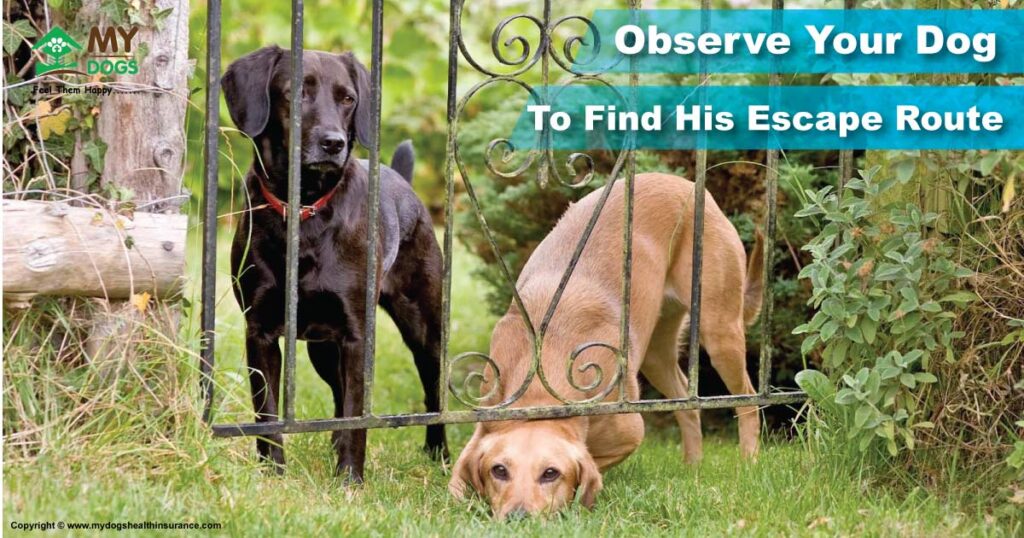
Observe Your Dog To Find Out His Escape Route:
If you lost your dog and can’t find any way out. Try to trick him into revealing it himself. Put your dog on a long lead, long enough to get him right out of your yard altogether. But not long enough to get him into trouble like in the middle of the street, so that he will leave the yard. Now go and pretend he isn’t being supervised so he’ll try to make a break for it.
If you catch him in the act and you have one route blocked, don’t relax your guard just yet. He may have three or four of them, so this could take some time.
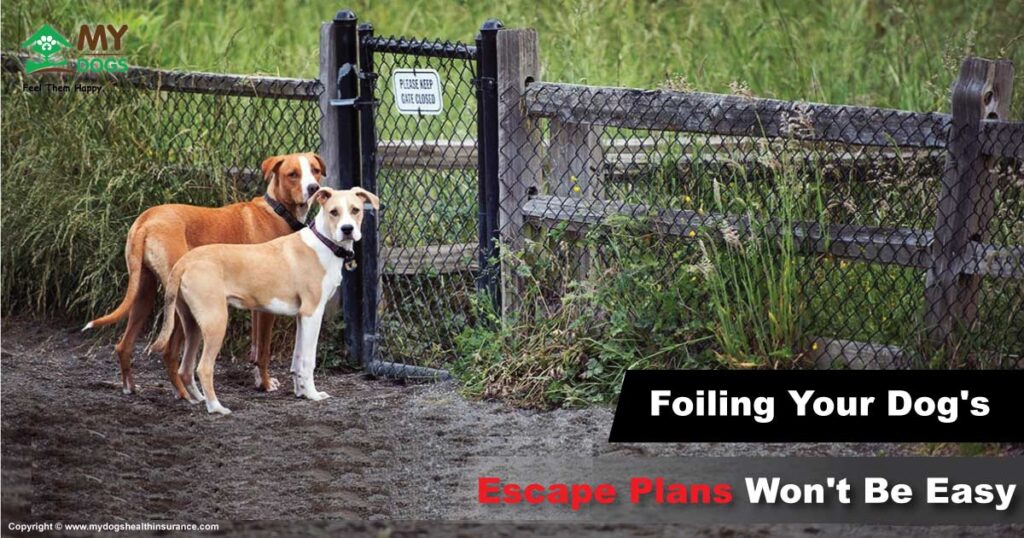
Foiling Your Dog’s Escape Plans Won’t Be Easy:
Whether your dog digs, climbs or squeezes free, you can stop him. If the dog is a digger, you just need to make it impossible for him to dig outside. So attach chicken with wire to the bottom of your fence, all the way along the perimeter. And bury it so that it is in the ground at least two feet deep. Your dog will stop digging when he hits the wire fence. If the wire fence isn’t to your liking, put a concrete barrier into the ground between your fence posts. It doesn’t need to be as deep underground as the wire fence. Only about a foot or so. Most dogs won’t bother to dig further underneath such a solid barrier.
Climbers and jumpers can usually be stopped by modifying your original fence material. Dogs can scale chainlink fences fairly easily once they realize it is possible to do, and horizontal board fencing is just like climbing a ladder. You’ll find that it’s worth it to replace these types of fences with vertical board fencing or block walls. Take down or prune any climbable trees that hang over the fence or grow close enough to it that your dog can jump down to the other side. If your dog can jump over your current fence, you’ll need to build it higher. For the die-hard dogs that can somehow get themselves over an eight-foot solid concrete wall, mount a three-foot section of chainlink off the top of it at a fifty-degree angle.
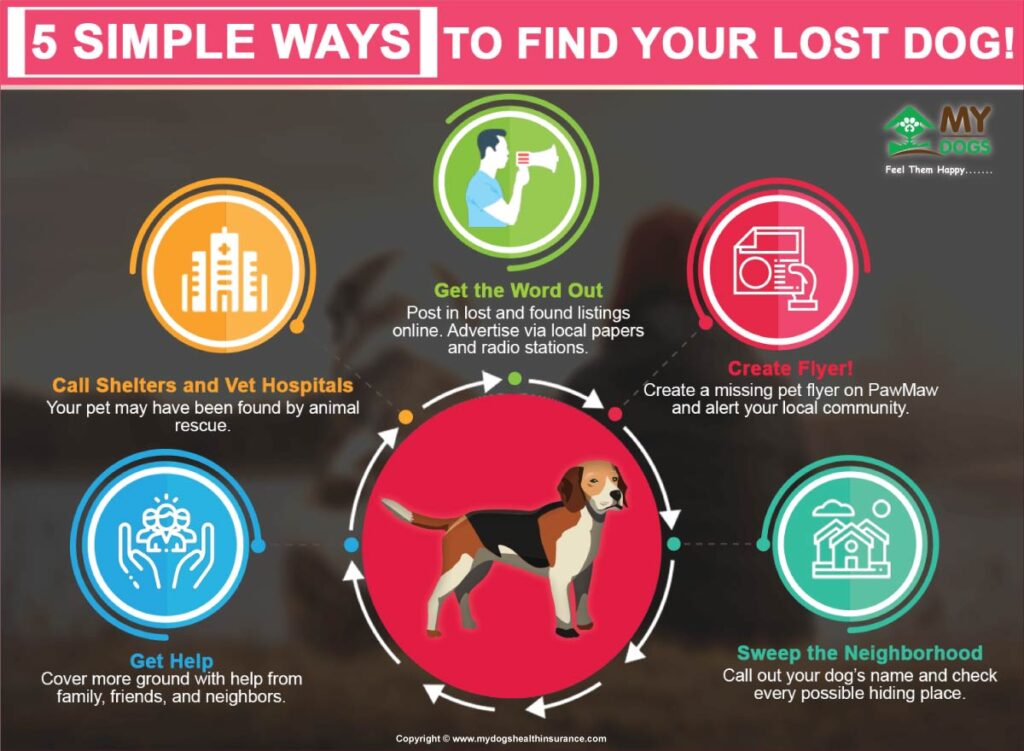
Find Your Dog As Soon As Possible:
Think carefully. Are there any places nearby that might be especially attractive to your dog? Maybe there is a schoolyard full of kids if your dog likes children, a meat shop that might havea tasty garbage bin, or a neighbor who has his own friendly dogs.
Arm yourself with a box of treats and a leash and check these places first. If you don’t find your dog right away, drive around the blocks near your home and call for him excitedly. If your search is still fruitless, head home and start gathering search tools.
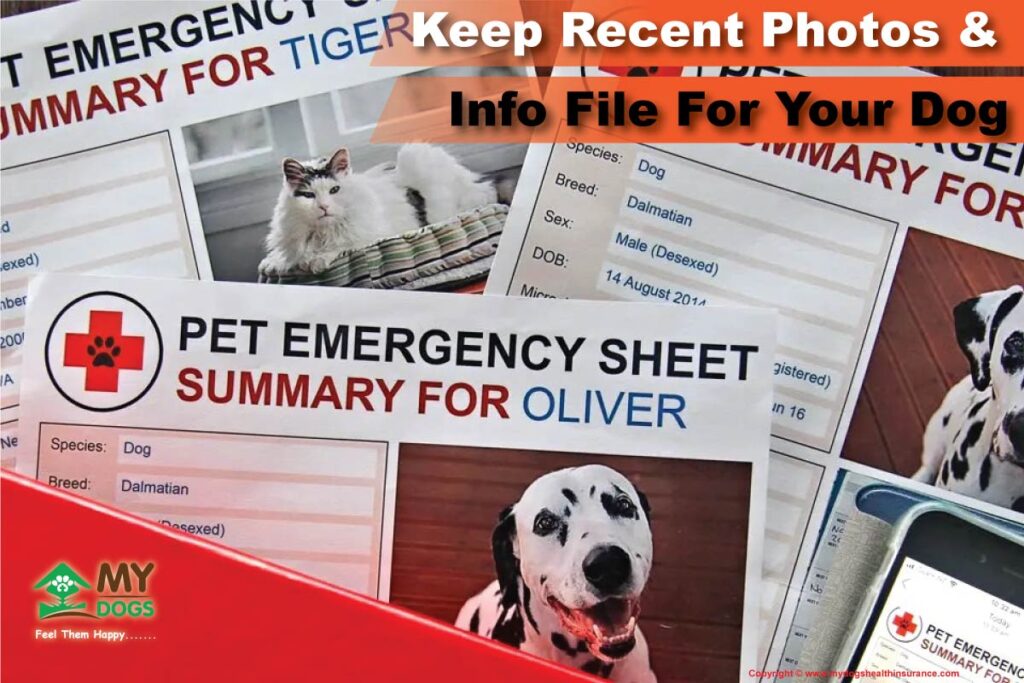
Remember That Information File For Your Dog:
One of the things in it should be a couple of recent photographs and a detailed physical description. When lost and.found pets like dogs use these items to create Missing Dog posters with your contact information and the number of a person to call if you aren’t there. Put these flyers everywhere: the veterinarian’s office, the post office, community bulletin boards, the police station, on telephone poles, and drop off a couple at the animal shelters. Hand out smaller versions of your poster with your
dog’s name, picture, and your phone number on it to any kids you know playing in the area. But stick to kids you actually know so that you don’t become that creepy guy who says he lost his puppy.
When you are out and about, take a flashlight with you so you can look under vehicles, porches, and in the shrubbery. Your dog may be hiding.
And be sure you have these phone numbers handy because you’ll be making a lot of calls:
- Call the police station at least once every day. Because the officers won’t know whether you pick the dog from animal control or not. But they will likely know if the worst happened the dog was hit by a car.
- Call animal control. But don’t just call; go down in person and see what they have. Your dog may not have been properly identified, and it’s best if you check it by yourself daily.
- Call your local radio station and ask if you can place a lost pet notice. Most will do this service for free.

Conclusion:
Most important be passionate about this situation when lost and.found pets, especially dogs. Never give up! Your dog may have moved into the next city/state. But he’s probably still okay and safe. I read many stories about lost dogs that have been found and returned to their homes months later. They’ll just need a little rehabilitation to bring them back to normal.
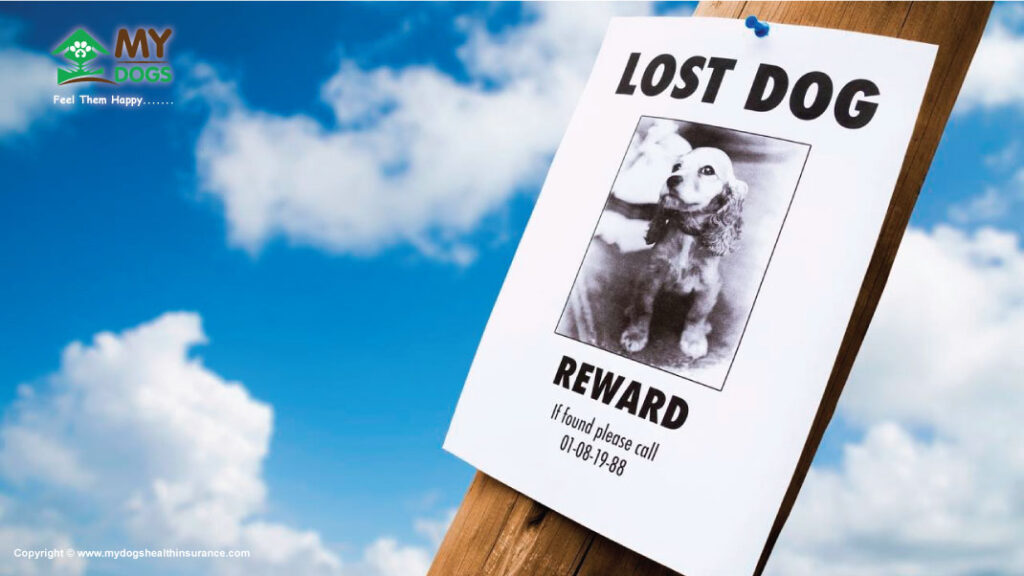
In conclusion, finding a lost dog could be a very stressful and emotional experience But it’s important to do everything possible to reunite the dog with his owner. When lost and.found pets like dog. You take a calm and cautious approach to the dog. First, check for identification like a microchip or tag hanging on his collar. Spread out the information, especially his picture to nearby animal control or shelder house. You might increase the chances of finding the dog’s owner. Remember that lost dogs are often scared and disoriented, so it’s important to approach them carefully.
Note: For more informative Articles about dog Training & Activity – Click Here
FAQ
How do I find my lost pet?
If you lost your pet, there few steps you could take to locate your dog.
- Start searching around your local area and asking your neighbors if they have seen your pet.
- You could also print flyers with your pet’s photo and contact information and put them up in the surrounding area.
- Post about your lost pet on social media platforms and other local online forums.
- Must Contact your local animal shelters, vet clinics, and pet rescue organizations to see if a report that dog is found.
- You may use a lost pet finder service. Or hire a pet detective to help in the search to your pet.
What are the chances of finding a lost pet?
The chances of a lost pet find depend on many factors. How long the pet has been missing? The area where the dog was lost. Whether he has any identification (microchip or Tag), and the efforts made to search for him. Lost Pet Research & Recovery indicates that 93% of lost dogs are found alive, and 20% of them return home on their own after a few months.
What happens if I lose my pet?
Losing a loving pet is a very stressful and emotional experience for both ( you and your pet). You should take immediate actions to locate him. Including you must contact animal shelters, and post flyers in your neighborhood. Keep searching the surrounding area. It’s also a good idea to make sure your pet has an identification tag or microchip with your current contact information. Which could increase the chances of your pet being returned to home if found.
Why is losing a pet so sad?
Losing a pet is an unfortunate experience. Because pets often become important members of our families and provide us compassion with, love, and comfort. Dogs often live with us for many years and became a constant source of joy and happiness for us. When we lose him, we extreme feel a sense of grief and loss. Similar to what we might feel when we lose a human family member that we loved him. The bond between a pet and his owner is very strong, and it’s natural to feel sadness when broken.


